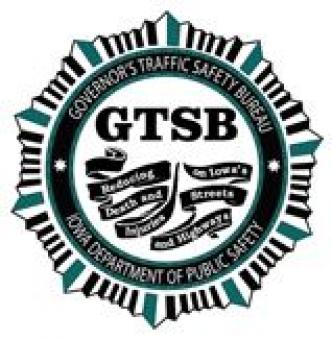April is Distracted Driving Awareness Month
Distracted driving has been a hot topic in the news for several years, and yet, despite great outreach, distracted driving is a growing epidemic. This April, the Iowa Department of Public Safety’s (DPS) Governor’s Traffic Safety Bureau (GTSB) wants to bring to light the alarming number of crashes caused by distracted driving.
NATIONALLY:
According to the U.S. Department of Transportation, in 2014, there were 3,179 people killed nationwide, up slightly from 2013, in distracted driving crashes, that accounts for ten-percent of all crashes. In addition, there were 431,000 injuries (up 7,000 from 2013), or 18 percent of all crash injuries from distracted driving crashes.
IOWA:
In 2014, there were 322 total fatalities in Iowa, which included four (4) distracted driving fatalities and 324 distracted-driving injuries. Distracted driving-related fatalities are greatly under-reported and many, if not most, of the 207 (64-percent of all fatalities) lane-departure fatalities may have been the result of distracted driving.
Distracted driving isn’t just cell phones and other electronic devices. Distracted driving includes anything that takes your attention away from focusing on driving. Texting is certainly one of the most common causes of distracted driving and one of the most dangerous as it requires visual, manual, and cognitive attention of the driver.
Texting while driving is six times more dangerous than driving while intoxicated, according to the National Highway Traffic Safety Administration. Texting and driving is now the leading cause of death among U.S. teenagers, surpassing drinking and driving, according to a study by Cohen Children’s Medical Center.
According to scientific research, multi-tasking by talking on the phone while driving uses two cognitive (thinking) tasks that involve different areas of the brain. Instead of processing both tasks simultaneously, the brain rapidly switches between the two activities (National Safety Council), which means that even though drivers think they are successfully multitasking, they really aren’t.
Today, many drivers think its okay to text while driving; it’s a common sight every day on the road. Everyone that has chosen to text and drive has likely drifted into another lane, while doing so. But because many drivers have driven distracted without crashing, they continue to drive distracted and believe it isn’t a problem.
The harsh reality is that if you choose to drive distracted, you could change your life and the lives of others in a matter of seconds. Tragedy after tragedy shows that these actions can have deadly consequences.


